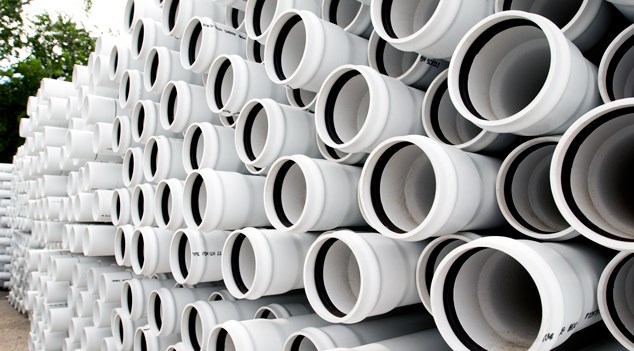More on PVC

First, recall this diagram that shows just how PVC pervades our environment. PVC, as a main user of chlorine is also a major contributor to dioxins, especially at the beginning and end of its life cycle. Dioxins are persistent organic pollutants which do not break down in the body and bioaccumulate in people and animals. They are EPA identified human carcinogens.
Although some have other negative implications, there are plastic alternatives to PVC which have less of an environmental impact. It's important to understand that many factors might be involved in making one plastic preferable to another. ere are a few of the many questions we need to understand to make an informed choice.
How dangerous is the produced substance for human health? Even water is toxic at the right (or wrong) quantity.
How much of the dangerous substance is produced through the creation of the material or product or how much is produced per quantity of the material?
How does the material perform and has it gained a solid reputation?
Removing pthalates - another POP that reduces indoor air quality and has potential links to asthma - from PVC helps with the indoor air quality issues, but not the life cycle environmental costs of PVC. While ABS has carcinogenic by-products as well, the scale of this impact is measurably better than PVC (in a conversation with an EBN researcher), making ABS pipes a viable alternative to PVC pipes. Polypropylene pipe might be the cleanest option. Polypropylene pipes (like Aquatherm) are gaining popularity. Although currently more expensive, their reduced cost to health and the environment may change the market in their favor in the future.
The diagram below attempts to show how various vinyls stack up against other resilient flooring types, especially with a hospital use in mind. The blacker a column, the more that flooring material meets the project goals. One graphic variation on this diagram might alter the size of the circle depending on the importance of that project attribute to the particular client or design team.
Throughout the fellowship, guides (as the one above for resilient floors) will be made to clarify these questions for anyone who is in the midst of a design project and needs a quick understanding of the costs and benefits of a given (hazardous) material.

